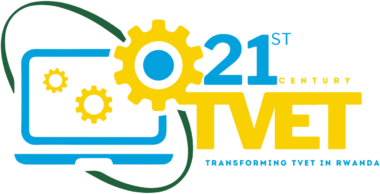Creative Thinking Lab
Creative Thinking Learning Lab takes the feature of working with real local problems as a vehicle to drive meaningful, participatory, and deep learning. Participants apply the creative process where they work iteratively with the selected problem in their local community, collect data and interact with key stakeholders to generate possible solutions using the CTLL space and tools.
The process takes place within a learning environment that is created to support interactions and knowledge creation processes among the participants. Embedded in the structure of CTLL is the bridging to and interacting with the world (where the problem is taking place) and the learning space (the classroom).
CTL is a teaching and research model inspired by participatory action research and consists of a range of applied experiential- and creative research methodologies that focus on the co-creation processes between the participants. The Creative Learning Lab takes the form of workshops, long term seminars, study trips in which learners work with real-life tasks set by an enterprise/organisation/governmental institution to come up with solutions or processes to solve the challenge.
The learners collaborate with different stakeholders, then they analyse and present some potential solutions to the challenge to different stakeholders. The overall aim of the CTL is to provide the conditions to enhance interactions, knowledge sharing and creation among the participants to solve complex local problems through a creative thinking process.


The course in Creative Thinking
The entire course has a duration of two and a half hour. The course contains of Modules – in this course you find 3 modules
1) Introduction to Creative Thinking
2) How can teaching build on Creative Thinking?
3) How can students work with and benefit from Creative Thinking?
The learning objectives for this course are:
- Learn the basics about Creative Thinking
- Gain inspiration and learn about possibilities to bring Creative Thinking into class
- Learn about ways in which students can work with a Creative Thinking – mindset
When you have gone through this course you will be able to:
- Explain the Creative Thinking- mindset and why it is important to bring this mindset into class
- Develop ways in which Creative Thinking can be implemented in your area of teaching
- Provide knowledge to students and inspire them to work Creative Thinking

“Creativity is the ability to see the world in new ways, find hidden patterns, make connections between seemingly disparate things and generate new ideas. Innovation often drives creativity, but creativity does not always lead to innovation.
A creative and innovative entrepreneur can identify opportunities and create new value for their customers or clients. To be a creative and visionary entrepreneur, you must have the proper mindset.
- Have a growth mindset. A growth mindset is a belief that your abilities and intelligence can be developed through effort, good teaching and learning from mistakes. This belief leads to a love of learning and a willingness to take risks
- Be open to new ideas. Being open to new and different ideas is a must for innovation. So, be willing to experiment and try new things.
- Practice creative thinking. To be creative, you need to be able to think outside the box. You need to be able to see things in new ways and make connections between seemingly disparate things. Practicing creative thinking regularly helps you become a creative thinker.”
“Convergent thinking focuses on finding one well-defined solution to a problem. Divergent thinking is the opposite of convergent thinking and involves more creativity. In this piece, we’ll explain the differences between convergent and divergent thinking in the problem-solving process. We’ll also discuss the importance of using both types of thinking to improve your decision making.
In practice, here’s what these different types of thinking might look like:
- Convergent thinking: If the copy machine breaks at work, a convergent thinker would call a technician right away to fix the copy machine.
- Divergent thinking: If the copy machine breaks at work, a divergent thinker would try to determine the cause of the copy machine’s malfunction and assess various ways to fix the problem. One option may be to call a technician, while other options may include looking up a DIY video on YouTube or sending a company-wide email to see if any team members have experience with fixing copy machines. They would then determine which solution is most suitable”

